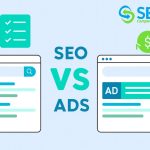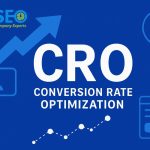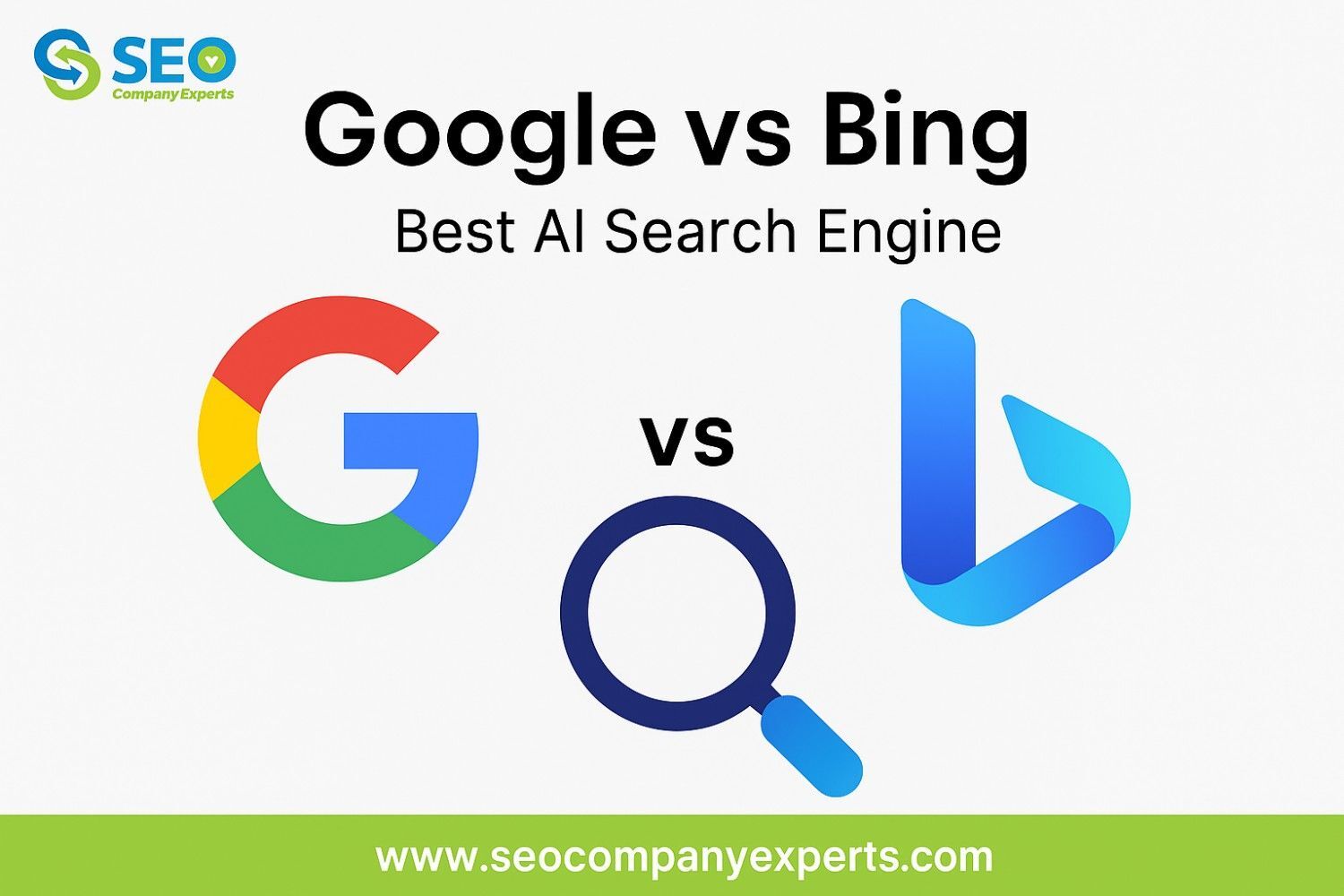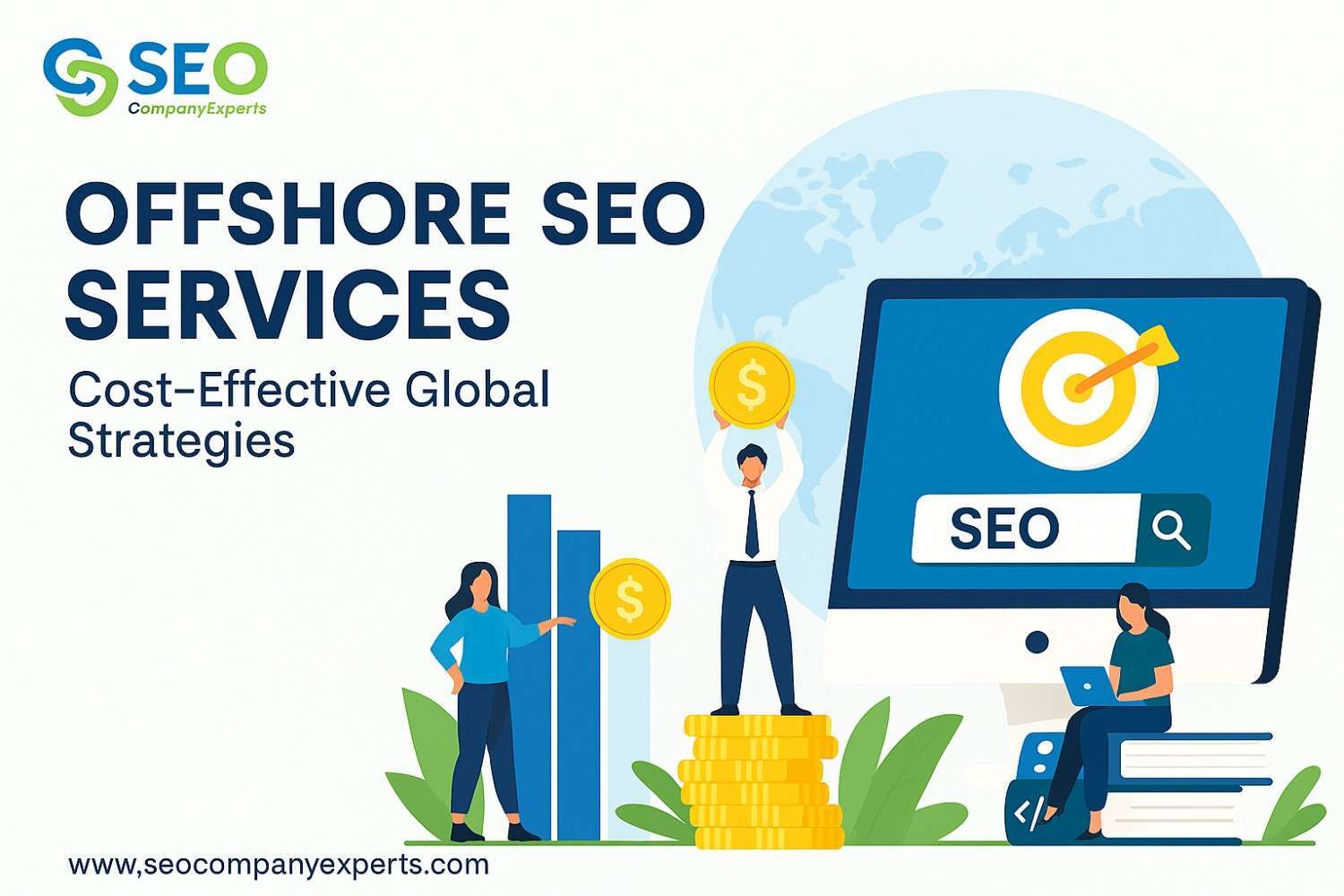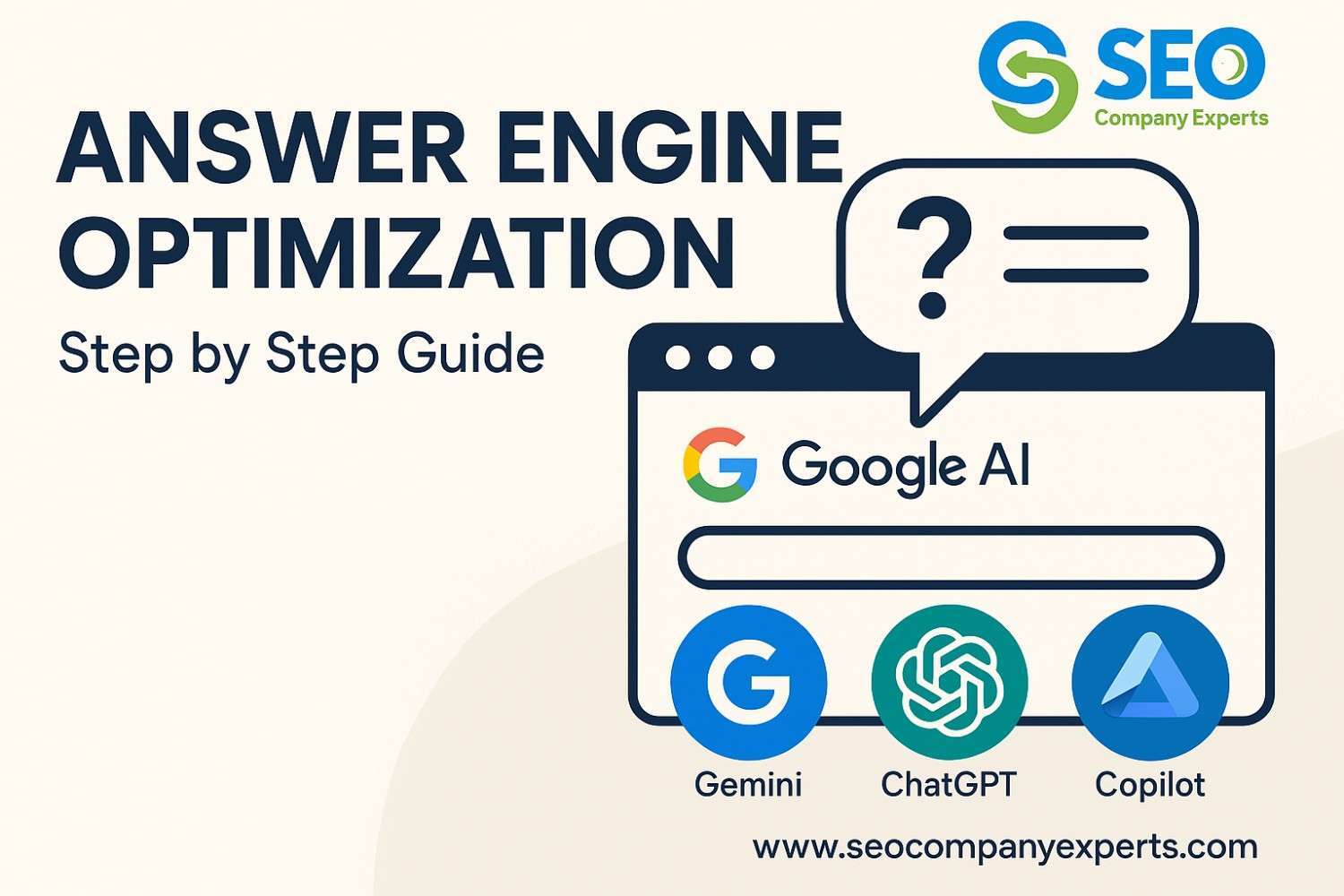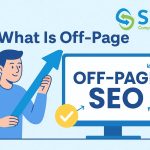
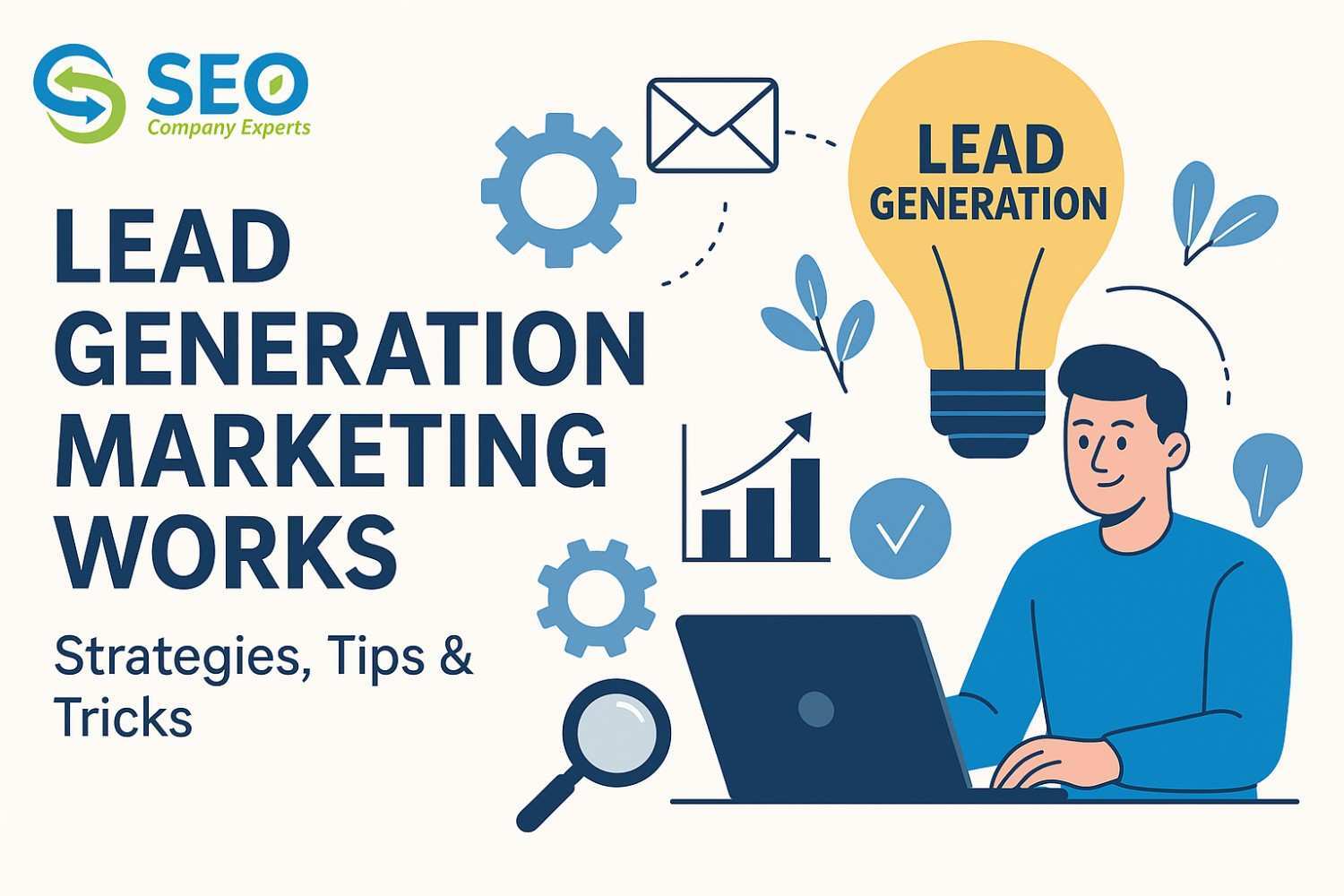
Lead generation marketing has become the backbone of modern business growth, transforming how companies identify, attract, and convert potential customers into loyal clients. In today’s competitive digital landscape, understanding how to generate qualified leads online isn’t just an advantage it’s essential for survival.
Whether you’re a startup looking to establish your market presence or an established enterprise seeking to scale your growth, mastering lead generation marketing can dramatically impact your bottom line. This comprehensive guide will walk you through proven strategies, actionable tips, and insider tricks that successful businesses use to build robust lead generation campaigns.
What is Lead Generation Marketing?
Lead generation marketing is a systematic approach to attracting and capturing potential customers’ interest in your products or services. Unlike traditional advertising that casts a wide net, lead generation focuses on identifying prospects who have shown genuine interest in what you offer and are more likely to convert into paying customers.
At its core, lead generation marketing differs from general digital marketing by prioritizing quality over quantity. Instead of reaching thousands of random people, it targets specific individuals who match your ideal customer profile and guides them through a structured journey from awareness to purchase.
The process involves creating valuable content, optimizing touchpoints across multiple channels, and implementing systems that capture prospect information in exchange for something of value. This could be a free ebook, webinar, consultation, or any resource that addresses their specific pain points.
How Does Lead Generation Work Step by Step?
Lead generation works through a systematic funnel that moves prospects from awareness to decision. At the top, potential customers discover your brand. In the middle, they engage and explore solutions. By the bottom, they’re ready to take action and make a purchase. Understanding the lead generation process is crucial for building effective campaigns.
Lead Generation Funnel Explained
Lead generation funnel explained: Think of your funnel as a systematic process that guides prospects from complete strangers to qualified leads ready for your sales team.
Top of Funnel (Awareness Stage): Potential customers discover your brand through content marketing, social media, SEO, or paid advertising (PPC) services. They’re experiencing a problem but may not know solutions exist.
Middle of Funnel (Interest Stage): Prospects engage with your content, download resources, or subscribe to your newsletter. They’re actively researching solutions and comparing options.
Bottom of Funnel (Decision Stage): Qualified leads request demos, consultations, or pricing information. They’re ready to make a purchase decision and need final convincing.
Each stage requires different content types and engagement strategies. Top-funnel content educates and creates awareness, middle-funnel content builds trust and demonstrates expertise, while bottom-funnel content focuses on conversion and addressing final objections.
Essential Lead Generation Strategies That Work
Effective B2B lead generation requires strategies like Account-Based Marketing (ABM), which targets high-value accounts with personalized campaigns. LinkedIn prospecting allows direct access to decision-makers, while industry-specific content builds credibility and attracts qualified leads.
B2B Lead Generation Marketing
B2B lead generation marketing requires a more sophisticated approach than B2C strategies. Business buyers conduct extensive research, involve multiple decision-makers, and have longer sales cycles.
Account-Based Marketing (ABM) has emerged as a powerful B2B strategy. Instead of casting a wide net, ABM focuses on specific high-value accounts, creating personalized campaigns for each target company. This approach typically generates higher-quality leads and better conversion rates.
LinkedIn prospecting remains one of the most effective B2B channels. With over 900 million professionals, LinkedIn provides direct access to decision-makers. Successful B2B marketers use LinkedIn to share valuable content, engage in meaningful conversations, and build relationships before making sales approaches.
Industry-specific content marketing positions your company as a thought leader. Creating whitepapers, case studies, and research reports that address industry challenges helps establish credibility and attract qualified prospects.
Inbound vs Outbound Lead Generation
Inbound lead generation attracts prospects through valuable content like blogs, SEO, and webinars, with lower costs but slower results. Outbound lead generation reaches out directly via cold emails, calls, and ads, offering faster results but higher costs and lower conversions. Inbound vs outbound lead generation represents two fundamentally different approaches to attracting prospects.
Inbound Lead Generation
Inbound lead generation focuses on creating valuable content that draws prospects to your business naturally. This includes SEO-optimized blog posts, social media content, webinars, and downloadable resources. Inbound strategies typically have lower costs per lead but require longer time investments to see results.
Outbound Lead Generation
Outbound lead generation involves proactively reaching out to potential customers through cold emails, cold calling, paid advertising, and direct mail. While outbound methods can generate faster results, they often have higher costs and lower conversion rates.
The most successful companies use a hybrid approach, combining inbound content strategies with targeted outbound campaigns to maximize their reach and effectiveness.
How to Generate Qualified Leads Online
How to generate qualified leads online starts with understanding your ideal customer profile (ICP). Without clear definition of who you’re targeting, even the best strategies will fall short.
Lead Qualification Framework
Lead scoring helps prioritize prospects based on their likelihood to convert. Assign points for actions like email opens, content downloads, website visits, and demographic matches. This system helps your sales team focus on the most promising opportunities.
The BANT criteria (Budget, Authority, Need, Timeline) provide a simple framework for qualifying leads:
- Budget: Can they afford your solution?
- Authority: Can they make purchasing decisions?
- Need: Do they have a genuine need for your product?
- Timeline: When are they looking to implement a solution?
MQL vs SQL distinction helps align marketing and sales teams. Marketing Qualified Leads (MQLs) have shown interest but need nurturing, while Sales Qualified Leads (SQLs) are ready for direct sales engagement.
Online Lead Generation Channels
Online lead generation channels like SEO, PPC, and social media marketing offer diverse ways to attract prospects. SEO drives organic traffic through keyword optimization, PPC provides instant visibility with targeted ads, and social media builds lasting relationships through valuable content.
Search Engine Optimization (SEO) remains one of the most cost-effective lead generation channels. By optimizing your website for relevant keywords, you can attract prospects actively searching for solutions like yours.
Pay-Per-Click (PPC) advertising provides immediate visibility and can quickly test different messaging and targeting approaches. Google Ads and social media advertising platforms offer sophisticated targeting options to reach your ideal customers.
Social media marketing builds relationships and trust before prospects are ready to buy. Consistent, valuable content sharing positions your brand as a helpful resource rather than just another vendor.
Effective Lead Generation Tactics and Best Practices
Effective lead generation tactics focus on optimizing your website with clear value propositions, strong CTAs, and social proof. Using CRM, automation, and analytics tools helps streamline nurturing, boost engagement, and drive conversions.
Website Optimization for Lead Generation
Your website serves as the foundation of your lead generation efforts. Landing page optimization can dramatically impact conversion rates. Key elements include:
- Clear value propositions that immediately communicate benefits
- Compelling headlines that grab attention and maintain interest
- Strategic call-to-action placement that guides visitors toward conversion
- Social proof elements like testimonials and case studies
- Mobile responsiveness for seamless experience across devices
Forms optimization balances information gathering with user experience. Generally, shorter forms convert better, but longer forms generate higher-quality leads. Test different approaches to find your optimal balance.
Lead Generation Tools for Success
Lead generation tools can automate and optimize your efforts, but choosing the right ones depends on your specific needs and budget. Lead generation tools like CRM platforms (HubSpot, Salesforce) track and nurture leads, while marketing automation sends personalized emails. Analytics tools measure campaign success and guide improvements for better results.
CRM platforms like HubSpot, Salesforce, and Pipedrive help manage leads throughout their lifecycle. These tools track interactions, automate follow-ups, and provide insights into lead behavior.
Marketing automation platforms nurture leads with personalized email sequences based on their actions and interests. This ensures prospects receive relevant content at the right time in their buying journey.
Analytics tools provide crucial insights into campaign performance, helping you identify what’s working and what needs improvement. Without proper measurement, you’re essentially flying blind.
Lead Generation for Small Business
Small businesses can thrive with creative lead gen strategies like local SEO, networking, and referral programs. Engaging with the community and leveraging existing relationships ensures efficient, cost-effective growth.
Lead generation for small businesses requires creative approaches to maximize impact while minimizing costs. Small businesses often lack the resources for expensive tools and large marketing teams, making efficiency crucial.
Local SEO optimization helps small businesses dominate their geographic markets. Optimizing Google My Business listings, gathering customer reviews, and creating location-specific content can generate high-quality local leads.
Networking and referral programs leverage existing relationships to generate new business. Satisfied customers often become your best lead generation source if you ask for referrals and make the process easy.
Community engagement through local events, industry associations, and online communities builds relationships that naturally lead to business opportunities. The key is providing value before asking for anything in return.
Building Effective Lead Generation Campaigns
Building effective lead generation campaigns starts with SMART goals and in-depth audience research. Multi-channel coordination ensures consistent messaging across all platforms, enhancing engagement and conversion. Lead generation campaigns require careful planning, execution, and optimization to achieve maximum results.
Campaign Planning and Strategy
Setting SMART goals (Specific, Measurable, Achievable, Relevant, Time-bound) provides clear direction and success metrics. Whether targeting 100 qualified leads per month or achieving a 15% conversion rate, specific goals guide decision-making.
Target audience research goes beyond basic demographics to understand pain points, preferred communication channels, and buying behaviors. This information shapes everything from content creation to channel selection.
Multi-channel coordination ensures consistent messaging across touchpoints while leveraging each channel’s unique strengths. Your email campaigns should complement social media efforts, which should align with paid advertising messages.
Top Tips for B2B Lead Generation Success
Top tips for B2B lead generation success include personalizing outreach, optimizing timing, and building trust with thought leadership. Consistent follow-ups and performance tracking ensure stronger engagement and higher-quality conversions.
Lead Generation Tips for Better Results
Personalize your outreach, optimize timing, and build trust with thought leadership. Effective follow-ups and nurturing lead to better results by keeping prospects engaged until they’re ready to buy. Lead generation tips that consistently drive results:
Personalization has moved from nice-to-have to essential. Generic messages get ignored, while personalized communications that address specific challenges get responses. Use available data to customize your outreach at scale.
Timing optimization can significantly impact response rates. Research shows certain days and times perform better for different industries and communication types. Test and track to find your optimal timing.
Building trust and credibility through thought leadership content, case studies, and social proof helps overcome skepticism and positions your company as a reliable partner.
Effective follow-up strategies recognize that most leads aren’t ready to buy immediately. Systematic nurturing through valuable content and periodic check-ins keeps your company top-of-mind when they’re ready to purchase.
Measuring and Optimizing Performance
Measure performance with metrics like CPL, conversion rates, CAC, and ROI. Regular reviews and data-driven optimization help refine strategies and improve campaign effectiveness. Success in lead generation requires continuous measurement and optimization. Key metrics include:
Cost per lead (CPL) helps evaluate channel efficiency and budget allocation. While lower costs are generally better, quality matters more than quantity.
Lead conversion rates indicate how effectively you’re attracting qualified prospects. Low conversion rates might signal targeting issues or weak value propositions.
Customer acquisition cost (CAC) provides the complete picture by tracking total costs from initial lead generation through customer conversion.
Return on investment (ROI) determines overall campaign profitability and helps justify marketing spend.
Regular performance reviews and data-driven optimization ensure your strategies evolve with changing market conditions and customer preferences.
Conclusion
Lead generation marketing thrives on a strategic, long-term approach. By understanding your audience, applying effective tactics, and continuously measuring outcomes, you can create a consistent pipeline of qualified leads. Remember, success isn’t about quick fixes—it’s about building systems that attract, nurture, and convert ideal customers. Start with one or two channels, master them, and then expand. While the digital landscape evolves, the key principles of value, trust, and simplicity will ensure your success in a competitive market.
Ready to transform your lead generation? Get expert help implementing these strategies for your business with our specialized digital marketing team.
